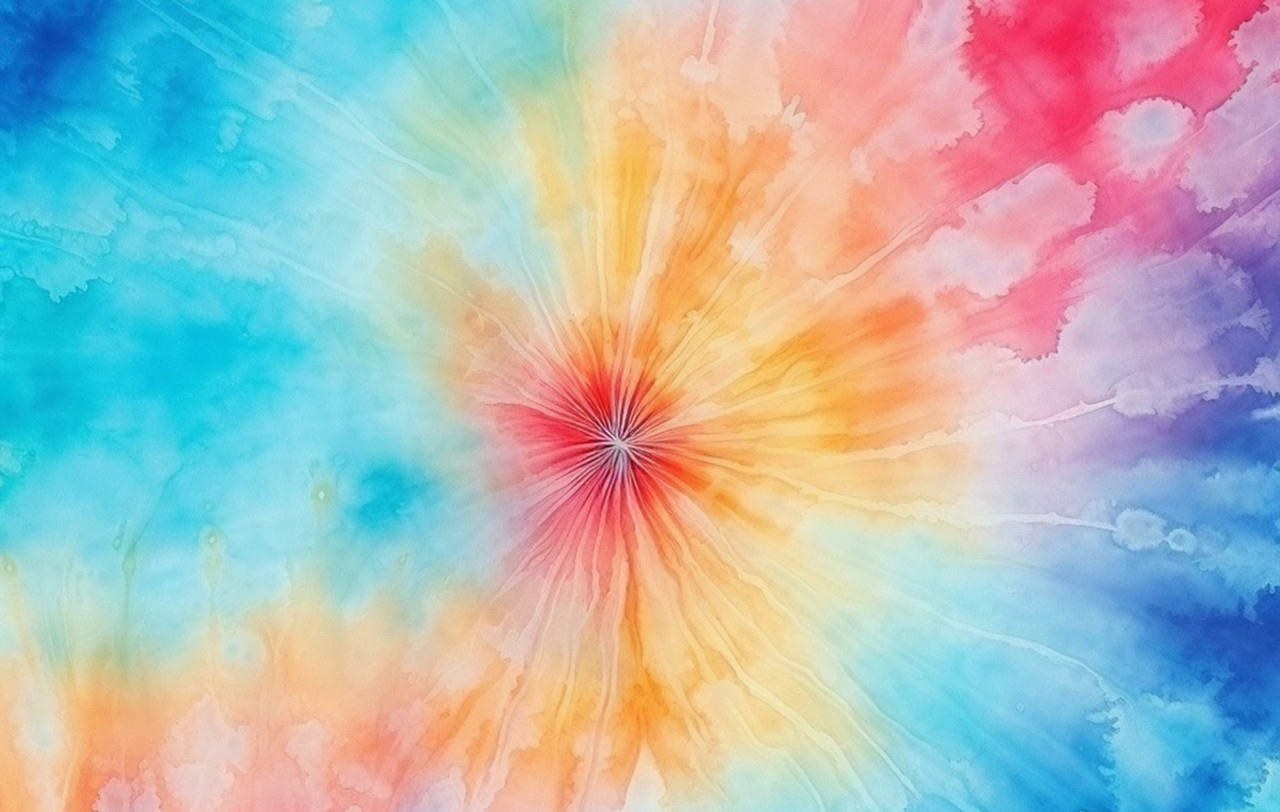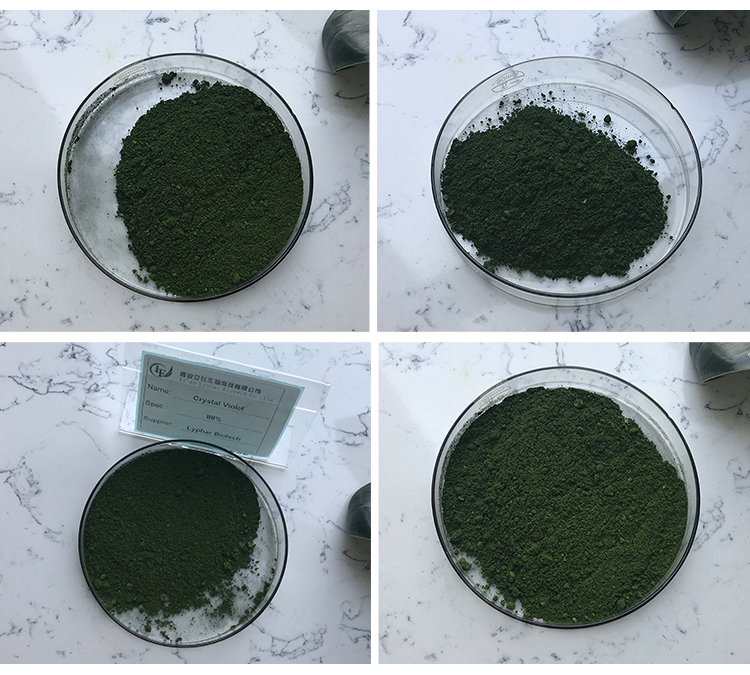Gentian violet are closely related dyes with similar properties, and they have been used for various purposes. Here are some general pros and cons associated with these dyes:
Pros of Gentian violet:
Antimicrobial Properties: Gentian violet have demonstrated antimicrobial properties, making them effective against a variety of bacteria and fungi. They have been used in the past for disinfection purposes.
Staining in Microbiology: Both dyes are commonly used as stains in microbiology for the visualization of cells, tissues, and structures under a microscope. They can aid in the identification of microorganisms.
Use in Histology: Gentian violet is often used in histology to stain cell nuclei, providing contrast for microscopic examination.
Potential Therapeutic Applications: Some studies have explored the potential therapeutic applications of these dyes, including their use in cancer treatment.

Cons of Gentian violet:
Toxicity: Both Gentian violet are known to be toxic. There are concerns about their safety, particularly when used in higher concentrations or over extended periods. They can cause irritation and other adverse effects.
Carcinogenicity Concerns: There have been studies suggesting a potential link between exposure to crystal violet and an increased risk of cancer. However, more research is needed to establish conclusive evidence on this matter.
Limited Usage in Modern Medicine: Due to their toxicity and potential side effects, the use of Gentian violet has decreased in modern medicine. Safer alternatives are often preferred.
Staining Artifacts: In microscopy, overuse or improper use of these dyes can lead to staining artifacts, affecting the accuracy of observations.
Environmental Impact: The dyes can have environmental implications if not disposed of properly. Efforts are made to find more environmentally friendly alternatives.

It’s important to note that the use of Gentian violet has evolved over time, and their applications in medicine and other fields have changed based on safety considerations and the development of alternative substances. Always follow recommended safety guidelines and use appropriate protective measures when working with these dyes.
